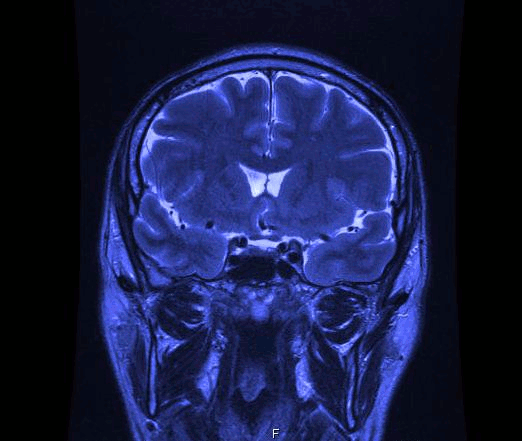Arnold-Chiari Syndrome

Chiari syndrome is the clinical manifestation (with symptoms and signs) of Chiari Malformation (radiological definition), or the "symptomatic Chiari".
The Chiari Malformation (CM), as radiological definition, includes different group of cerebellum anomalies and it is characterized by hindbrain hernia through the foramen magnum.
The Chiari Syndrome, among the Congenital Malformations of the Central Nervous System, is included in the list of Rare Diseases recognized by the Italian National Health Service, ensuring the right of exemption from contribution for related treatment costs (Annex Ministerial Decree n.279/2001)
The CM type I (CMI) is the most common form and could be caused by a reduced development of posterior fossa and an overcrowding of the normally developed cerebellum with the typical downward herniation of the cerebellar tonsils.
In the condition of CM, the tonsils of the cerebellum have dropped down through the hole in the base of the skull (called the foramen magnum) and they form a block in the top of the spinal canal. The base of the skull and the upper part of the spinal canal form a channel which is very much like a funnel, and the cerebellar tonsils block this funnel when a hindbrain hernia has formed. The most severe associated condition to CM is Syringomyelia.
Further details by log into Reserved Area (click here to register).

Text based on “Syringomyelia &Hindbrain Hernia”
(Chiari Malformation) by Graham Flint, The Ann Conroy Trust, 2006
Critical review by Dr. Palma Ciaramitaro



